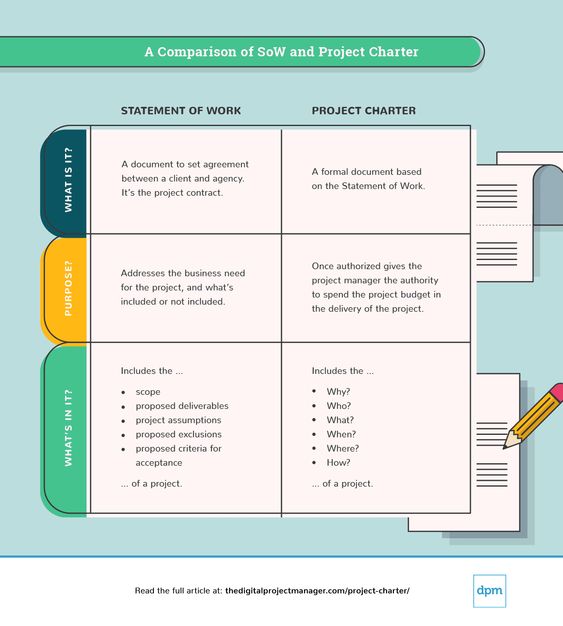Introduction
Project management is the process of planning, executing, and closing projects effectively and efficiently. Strategic project management involves considering the overall goals and objectives of the organization and aligning project activities with those objectives. This approach helps ensure that projects are executed in a way that maximizes their impact and delivers the desired outcomes.
Define Project Objectives
The first step in strategic project management is to define clear and measurable project objectives. These objectives should align with the organization’s overall goals and provide a clear direction for the project team. Without well-defined objectives, projects are likely to lack direction, miss important milestones, and fail to deliver the desired outcomes.
Conduct a Project Assessment
Before launching into a project, it is important to conduct a thorough assessment of the project environment and resources. This includes considering the scope of the project, identifying potential risks and constraints, and determining the resources that will be required to complete the project. The project assessment should also involve engaging with stakeholders and obtaining their buy-in for the project.
Develop a Project Plan
Once the project objectives have been defined and the project environment has been assessed, the next step is to develop a comprehensive project plan. The project plan should outline the scope of the project, identify the project team and their responsibilities, define the project timeline and milestones, and detail the resources that will be required to complete the project.
Allocate Resources Effectively
The effective allocation of resources is essential for the successful completion of projects. This includes allocating the right people, equipment, and materials to the project in a way that maximizes their impact. Strategic resource allocation also involves considering the interdependencies between project activities and ensuring that resources are available when they are needed.
Manage Risks and Issues
Risk management is a critical component of strategic project management. This involves identifying potential risks that could impact the project and developing strategies to mitigate or manage those risks. Effective risk management can help ensure that projects are completed on time, within budget, and to the desired quality standards. Issues management involves identifying and resolving issues as they arise during the course of the project.
Monitor and Control Progress
Monitoring and controlling project progress is a key aspect of strategic project management. This involves regularly tracking project performance against the project plan, and taking corrective action where necessary. Effective monitoring and control can help ensure that projects remain on track and that any issues are addressed in a timely manner.
Communicate with Stakeholders
Communication with stakeholders is an important component of strategic project management. This involves keeping stakeholders informed of project progress, obtaining feedback, and addressing any concerns. Effective communication can help build trust and confidence among stakeholders and ensure that everyone is aligned and working towards the same goals.
Continuously Improve the Project Management Process
Finally, strategic project management involves continuously improving the project management process. This includes evaluating project outcomes and using the lessons learned to make improvements in the way projects are planned, executed, and managed. By continuously improving the project management process, organizations can increase the likelihood of successful project outcomes and maximize the impact of their project investments.
You might find these FREE courses useful
Conclusion
In conclusion, strategic project management involves considering the overall goals and objectives of the organization, aligning project activities with those objectives, and executing projects effectively and efficiently. Key components of strategic project management include defining project objectives, conducting a project assessment, developing a project plan, allocating resources effectively, managing risks and issues, monitoring and controlling progress, communicating with stakeholders, and continuously improving the project management process. By following these best practices, organizations can increase the likelihood of successful project outcomes and deliver greater value from their project investments.


